Whether it’s a small shed, in a corner of your garage, or your basement, a small woodworking shop can bring you so much joy and pride. There’s nothing like working with wood, building projects big and small, and making simple repairs at home. And of course, every woodworker owns a standard set of tools. You must have these essential tools for a small woodworking shop handy at all times for your projects, repairs, and hobbies.
Woodworking saws
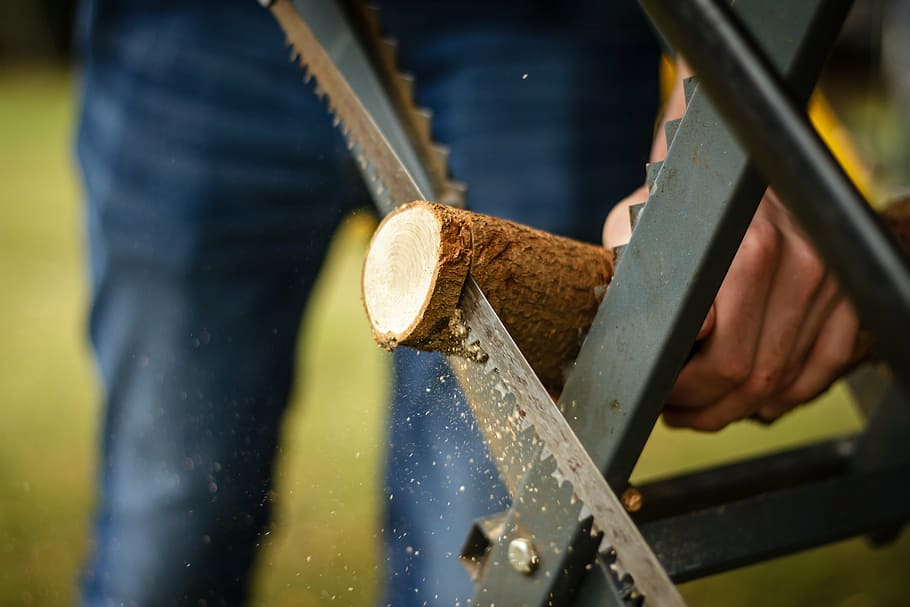
You need the best quality woodworking saws that can cut all kinds and sizes of wood. Whether you need hardwood or softwood pieces, you must have saws that will make the cut.
- Circular saw – these come with a circular blade with every sharp and efficient tooth. These come in three kinds of blades: ripping blades for cutting wood lengthwise or along the grain, crosscut blades or for cutting across the grain, and combination blades that can cut through and along the blades.
- Jigsaws – or saber saws, have reciprocating blades that look like sabers. With a jigsaw, you can make intricate cuts whether straight, curved, and even serpentine movements.
- Compound miter saw – this is an enhanced circular saw as it’s fixed on a track just lie radial arm saws. Compound saws have 10 to 12-inch blades, are very versatile, and can make accurate cuts.
- Table saw – this type has an upside-down circular saw with the blade exposed from under the table or working surface. Table saws can be cabinet table saws, benchtop saws, and contractor table saws. These vary in use, portability, and overall design.
- Bandsaw – this is a combination of saber and circular saws and is fixed on a steel band that revolves in a set of upper and lower pulleys.
- Handsaw – handsaws are common carpenter saws and are available in different sizes. Handsaws are classified into ripping, crosscut, combination, carcass, backsaw, coping, keyhole, and dovetail.
Sanding, planning, and filing
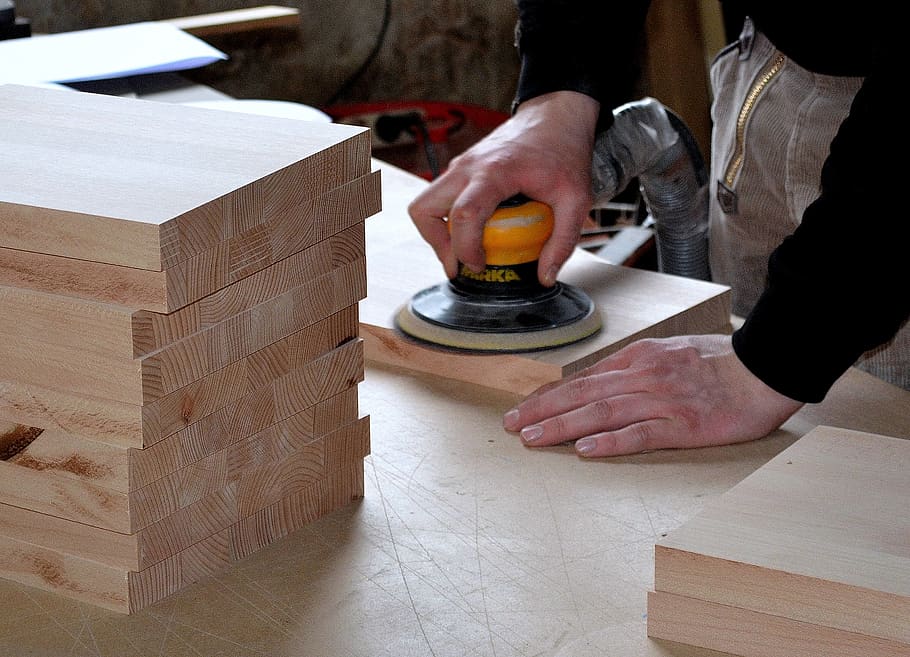
After cutting wooden pieces, sanding, filing, and planning supplies will apply the finishing touches. You must have the following in your small woodworking shop.
- Sander – an orbital sander is a versatile electric finishing tool that will save you from the strain of sanding projects manually. This type of sander uses circular sandpaper pads that revolve in an orbital or circular manner.
- Hand Files – a hand file will help shape and smooth wood. These are inexpensive and are easy to replace. Hand files come in different types: rasps are rough with coarse teeth, half-round files, and mill files that are flat on either side.
- Planes – are abrasive tools that cut and sand. Planes come with a fixed blade that is used to shave wood to create all kinds of shapes and to make a smooth surface. Planes are also called jointers, spokeshaves, and blocks. Just some of the many kinds of planes are block planes, jack planes, rabbet planes, joining planes, and scraper planes.
Assembly tools
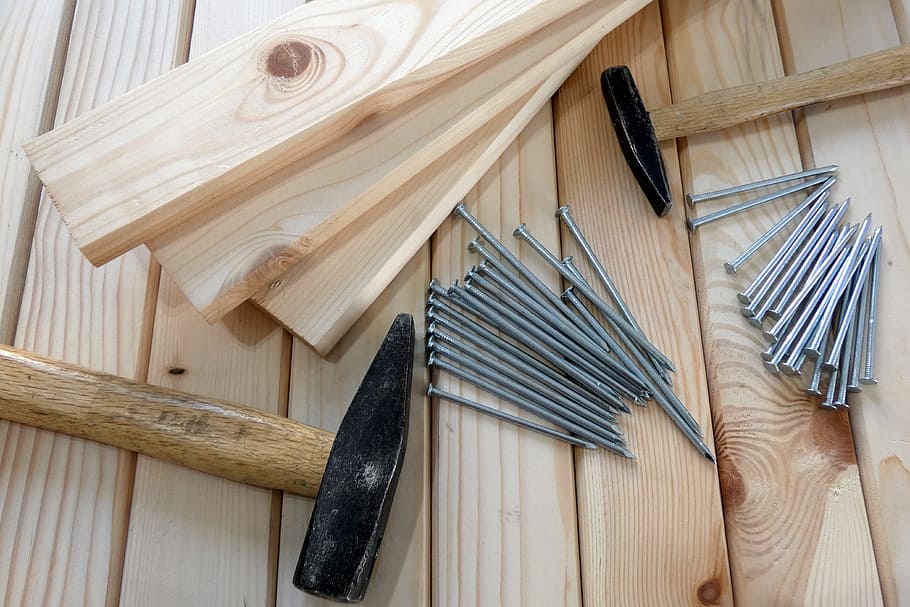
Once all the parts are ready, it’s time to assemble them using assembly tools such as hammers, mallets, and power drills.
- Hammer – a claw hammer is a one-size-fits-all assembly tool and is available in different styles. Hammers are available in various kinds: finishing, framing, and tack hammers. Consider the hammer’s head design, claw design, handle design and material and overall weight.
- Mallet – hammers are mostly made of steel while mallets are made of wood or leather with removable handles. Mallets are softer and will absorb shock better and thus, are used to connect wooden pieces.
- Power drills – this tool can be used to drill holes, attach all kinds of components, and can also finish surfaces. Power drills come in corded and cordless models and are rated in chuck size. There are medium chuck sizes at 3/8 inches and heavy-duty ones that are ½ inches.
- Screw gun – aside from standard screwdrivers, a screw gun will efficiently and effortlessly fasten two pieces together with screws. Screw guns insert hexagonal shanks without slipping.
Measuring tools
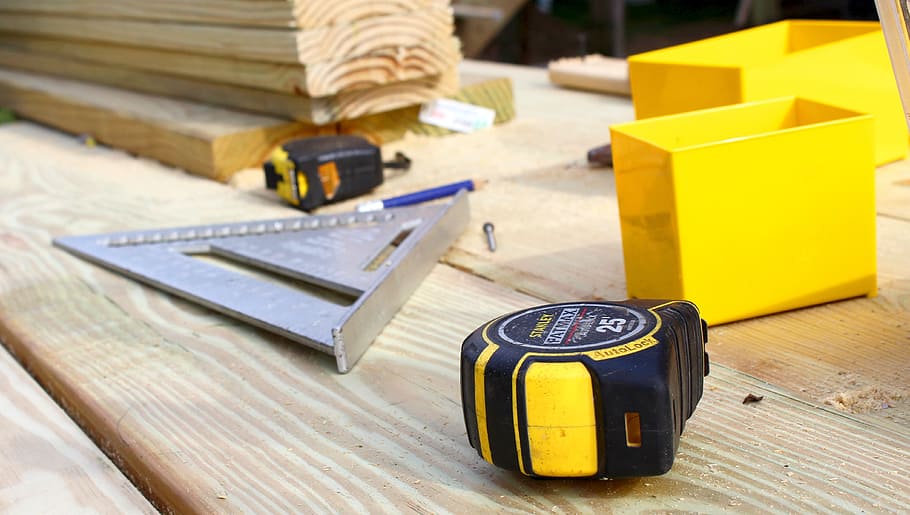
You need a good set of measuring tools to make sure that you’re working precisely and accurately. You must have the following tools at hand.
- Squares – squares will help you create all kinds of angles. These have measuring marks on the surface and are available as framing squares, try squares, combination squares, speed squares, miter squares, and bevel squares. Compasses, dividers as well as depth gauges may also be classified as squares but can also be a part of measuring rules and tapes.
- Tape measure – there are many types of tape measures. You should have retractable steel tapes, folding rules, straight edges, flexible reel tapes, and yardsticks.
Major woodworking equipment
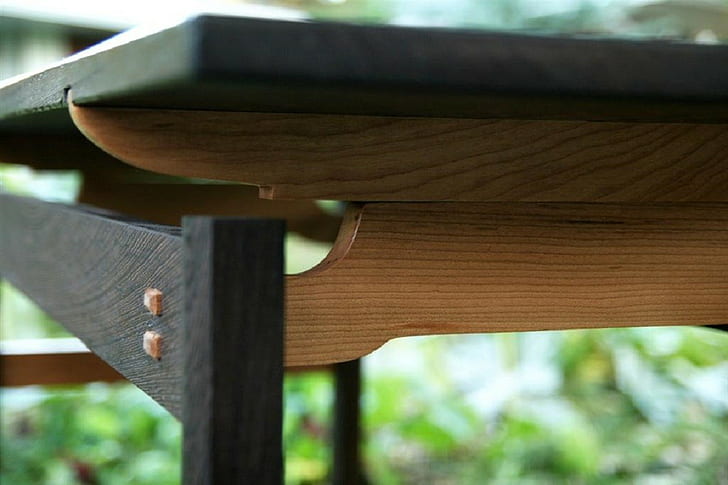
Other tools can’t be classified as measuring, assembling, cutting, and finishing such as clamps. Two of the most popular clamps are sawhorses and workbenches.
- Workbench – you need a quality workbench for your projects. You can buy one or make your own using 2×4 wood and plywood. A workbench has to be solid, made of hardwood with an adjustable base. There must be two vices, a large working surface, and 306-degree access. Workbenches must also have drawers to keep all kinds of tools.
- Sawhorses – these are basic 4-legged pieces of equipment that can support large lumber when cutting, assembly, and finishing. You need two sawhorses but it would be great if you had four or more. You can buy a sawhorse or you can make one using scrap wood. If you’re making your sawhorse make sure that this is stable, balanced, and easy to move.
Always invest in high-quality essential tools for small woodworking shop. When it comes to hand tools, take note of the material, handles, and safety. These must be made from the best and the toughest materials. When you’re shopping for power tools, always consider the power rating, cord or corded varieties, ergonomic handles, ease of use, and accessories. Finally, keep your tools in proper cabinets and drawers. These should be kept clean and in perfect condition, right after use so these will be ready for your next project.
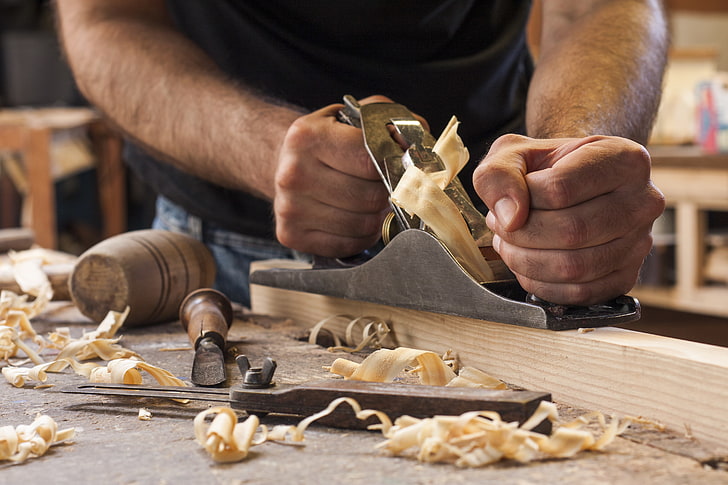
Leave a Reply